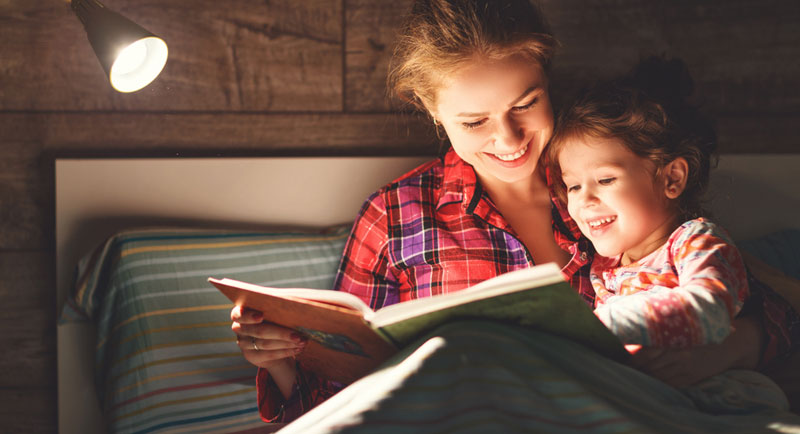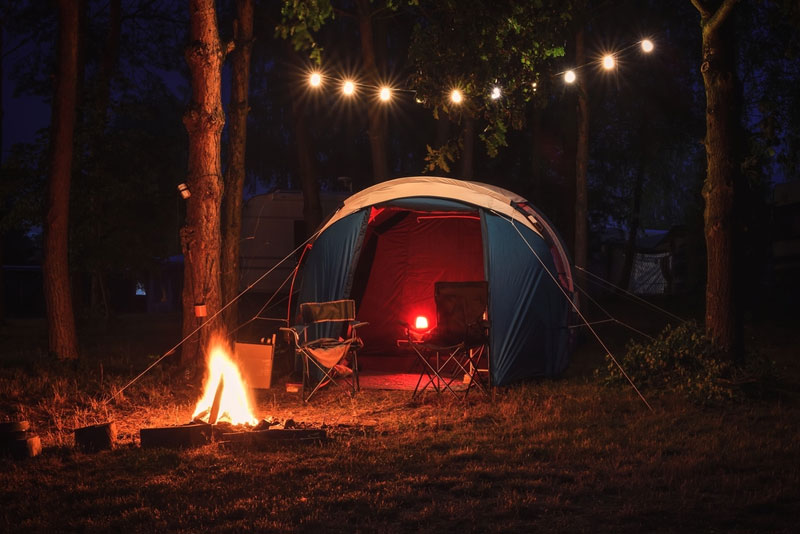In our modern era, where everything is fast-paced, and we are constantly bombarded with screens and artificial lighting, getting a good night’s sleep and waking up fresh has become a luxury for many people. The quality of our sleep is often compromised due to these factors. However, an interesting concept has surfaced recently – using red light as a potential remedy to enhance sleep quality. But is this just another wellness trend, or does it work? To find out, let’s delve into the science behind this phenomenon and explore the truth.
Why Is Red Light Good For Sleep?
Turning on the red light before bed is an excellent practice because it triggers the secretion of melatonin, which induces sleepiness. Additionally, red light aids in muscle regeneration, which benefits muscle growth and recovery. By promoting better sleep quality, this practice enhances overall performance and productivity during the day.
Does Light Affect Our Sleep?
Light significantly impacts our sleep patterns through our internal body clock, which regulates our sleep-wake cycle. Our bodies react to light by either waking up or preparing for sleep. Natural sunlight, especially in the morning, helps regulate our internal clock, promoting productivity and alertness. Electronic devices emit blue light in the evening, which can reduce the production of melatonin – the hormone that signals the body to sleep – and make it difficult to fall asleep, resulting in poor sleep quality.
This disruption can lead to sleep disturbances and health issues, especially for those who work night shifts or are exposed to artificial light at night. It’s crucial to manage light exposure by reducing screen time before bedtime and ensuring adequate exposure to natural light during the day. This helps maintain a healthy sleep schedule and optimizes sleep quality.
The Sleep-Wake Cycle
Before I explore the effects of red light on sleep, it’s essential to understand the fundamentals of the sleep-wake cycle. Our bodies have an internal 24-hour clock that regulates various physiological processes, including sleep. This clock is influenced by external factors like light, particularly the blue light emitted by screens and artificial lighting.
Benefits Of Red Light and Sleep
Red light, with its longer wavelength, is thought to have a different effect on our circadian rhythm than blue light and helps us get more rem sleep.
Melatonin Production
Unlike blue light, which suppresses melatonin production, red light has a minimal impact on this sleep-regulating hormone. Some studies indicate that exposure to red light before bedtime may not disrupt the body’s natural melatonin production, making it a more suitable option for evening lighting.
Relaxation and Sleepiness
Red light has a calming and soothing effect on the mind and body. It promotes relaxation and can help create an environment conducive to sleep. This is why many individuals incorporate red light therapy into their bedtime routines to wind down and prepare for rest. It is also considered a positive affirmation for anxiety.
Reduced Eye Strain
Staring at screens and bright lights before bed can strain the eyes and make it challenging to fall asleep. Red light is less harsh on the eyes and may alleviate this issue, helping you ease into a more relaxed state before bedtime.
Practical Applications of Red Light for Sleep
Now that I mentioned the potential benefits of red light for sleep, let’s explore how you can incorporate it into your daily routine.
Red Light Bulbs: Consider replacing your bedroom light bulbs with red or smart lighting systems that allow you to adjust color temperature. This can help create a sleep-friendly atmosphere in your bedroom, which is especially important for men with ADHD.
Red Light Therapy Devices: Some people use red light therapy devices, such as lamps or panels, as part of their pre-sleep routine. These devices emit red and near-infrared light, which is believed to have various health benefits, including improved sleep.
Red Nightlights: If you need to navigate your home at night, consider using red nightlights instead of traditional white or blue ones. This can help minimize disruption to your circadian rhythm if you get up during the night.
Screen Filters: To reduce blue light exposure from screens in the evening, you can use screen filters or blue light-blocking glasses. While this doesn’t directly introduce red light, it can help limit the disruptive effects of blue light on your sleep.
Cautions and Considerations
While red light shows promise as a sleep aid, it’s essential to approach its use with some caveats:
Individual Variation
The impact of red light on sleep may vary from person to person, just like some individuals prefer to sleep on the floor and some in bed. What works for one individual may be less effective for another. It’s essential to pay attention to your own body’s response.
Overall Sleep Hygiene
It is essential to adopt a holistic approach to enhance the quality of your sleep. Although incorporating red light into your sleep routine is beneficial, red light is just one piece of the puzzle. To ensure a good night’s sleep, you should maintain a consistent sleep schedule, create a comfortable sleep environment, and practice good sleep meditation and hygiene habits. By adopting these practices, you can promote healthy sleep patterns and improve your overall well-being.
Limit Screen Time
Even if you use red light therapy or red nightlights, reducing overall screen time in the evening remains crucial for optimal sleep. Minimize exposure to blue light from screens to complement the benefits of red light.
Conclusion
In the quest for better sleep, using red light as a sleep aid is gaining attention. While the scientific evidence supporting red light’s positive impact on sleep is promising, it’s essential to recognize that individual responses may vary. Nonetheless, incorporating red light into your sleep routine is a low-risk, potentially beneficial strategy for improving sleep quality. Whether you opt for red light bulbs or therapy devices or use red nightlights, experimenting with this sleep-friendly lighting may help you enjoy more restful nights and wake up feeling refreshed. In the ongoing pursuit of quality sleep, exploring the potential of red light is a step in the right direction.
Frequently Asked Questions
Which Light To Avoid Before Bedtime?
Blue light exposure in the evening can wreak havoc on our circadian rhythm. Exposure to blue light before bedtime can impact our sleep. This is because blue light suppresses melatonin production, a hormone that helps regulate our sleep-wake cycles. When our melatonin production is disrupted, it can lead to difficulty finding the best direction to sleep, falling asleep, and poor sleep quality. Limiting our exposure to blue light before bedtime is important to ensure we get the best possible sleep. This is where the concept of red light as a sleep aid comes into play.
Does Red Light Help You Sleep?
Yes, red light can help improve sleep quality. While exposure to blue light, especially from electronic devices, can disrupt melatonin production and interfere with sleep, red light has the opposite effect. Red light has been found to stimulate the secretion of melatonin, the hormone responsible for regulating sleep-wake cycles. By promoting the production of melatonin, red light can help induce feelings of sleepiness and improve the quality of sleep. Additionally, red light therapy has been used to treat sleep disorders such as insomnia and improve overall sleep patterns. Incorporating red light exposure, particularly before bedtime, may contribute to better sleep hygiene and a more restful night’s sleep.
What Is The Sleep-Wake Cycle?
Our bodies have an internal 24-hour clock that regulates various physiological processes, including sleep. This clock is influenced by external factors like light, particularly the blue light emitted by screens and artificial lighting.



